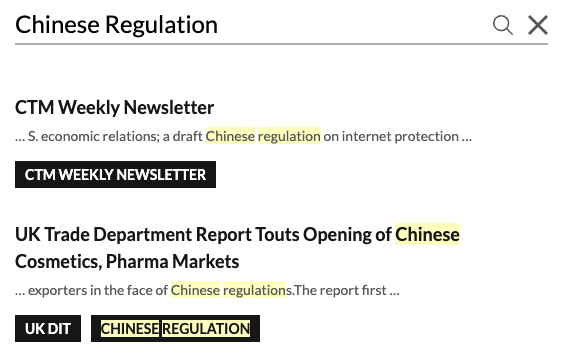In the midst of rising economic and broader tensions between Australia and China, on March 2, 2021 the Australian government released its “post-implementation review” of the China-Australia Free Trade Agreement ChAFTA (ChAFTA entered into force on December 20, 2015). The Australian government announcement is here; the review itself is here. The review is mostly positive about ChAFTA, but notes several concerns as well.
The review discusses the following issues:
- What was ChAFTA meant to resolve?
- Why was government action needed?
- What policy options were considered?
- What were the key outcomes of the ChAFTA negotiations?
- What have been the impacts of the regulation to date?
- How has ChAFTA been implemented and evaluated?
- Which stakeholders have been consulted?
In its executive summary, the review notes the following positive outcomes from ChAFTA:
Analysis of relevant data outlined in this Review shows ChAFTA has, to date, met its broad objective of expanding economic opportunities for Australian businesses and consumers:
- economic flows between Australia and China have been liberalised through reduction of tariffs and other ChAFTA trade and investment outcomes;
- the value of two-way goods and services trade between Australia and China has increased by 66 per cent since the entry into force of ChAFTA;
- the value of Australia’s goods exports to China has increased by 97 per cent since the entry into force of ChAFTA;
- the value of Australia’s trade in services exports to China has increased by 76 per cent since the entry into force of ChAFTA;
- Australia’s trade surplus with China has increased by 283 per cent since ChAFTA’s entry into force;
- the number of Australian businesses exporting goods to China has increased by 31 per cent since the entry into force of ChAFTA; and
- ChAFTA has significantly reduced the tariff burden on Australian businesses and consumers, by almost $1 billion annually.
At the same time, it also notes some concerns:
ChAFTA includes a structure of regular meetings intended to create an ongoing dialogue between Australia and China and a built-in agenda of reviews, which provide avenues to address issues and increase two-way trade opportunities. After a reasonable start in bilateral engagement, in recent years the Chinese Government’s lack of engagement has prevented use of these structures.
At the time of writing, the Australian Government has raised concerns with China about a number of recent disruptions to bilateral trade, including bilaterally (in Beijing, Canberra and Geneva) and in various WTO committees. …
On the first point, the review later states: “After a reasonable start in bilateral engagement under ChAFTA, in recent years the Chinese Government’s lack of engagement with Australia has prevented use of ChAFTA institutional mechanisms. To date, the ChAFTA Joint Commission has met once – on 27 February 2017, in Beijing.”
The review’s ultimate conclusion was that: “ChAFTA has delivered a net benefit in the five years since its entry into force. The analysis of relevant data shows ChAFTA has, to date, met its broad objective of expanding economic opportunities for Australian businesses and consumers.”

